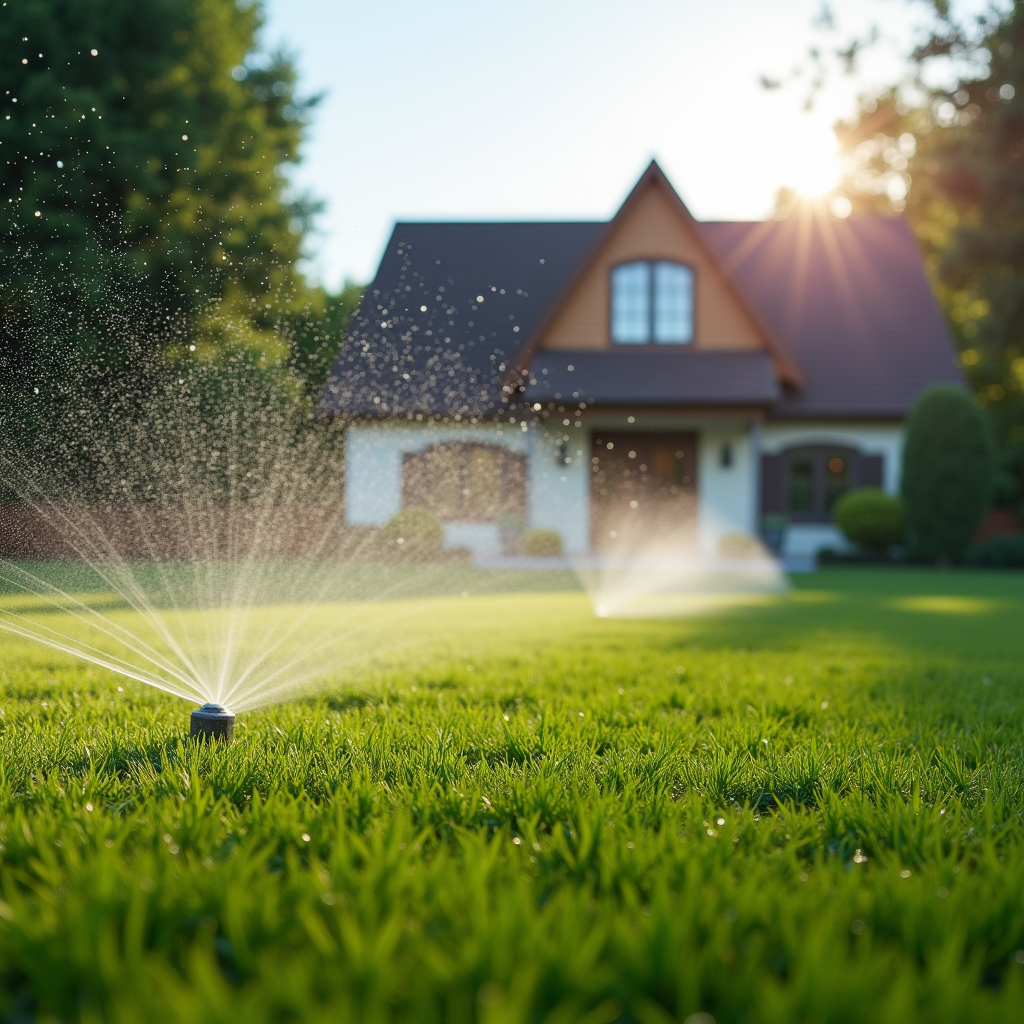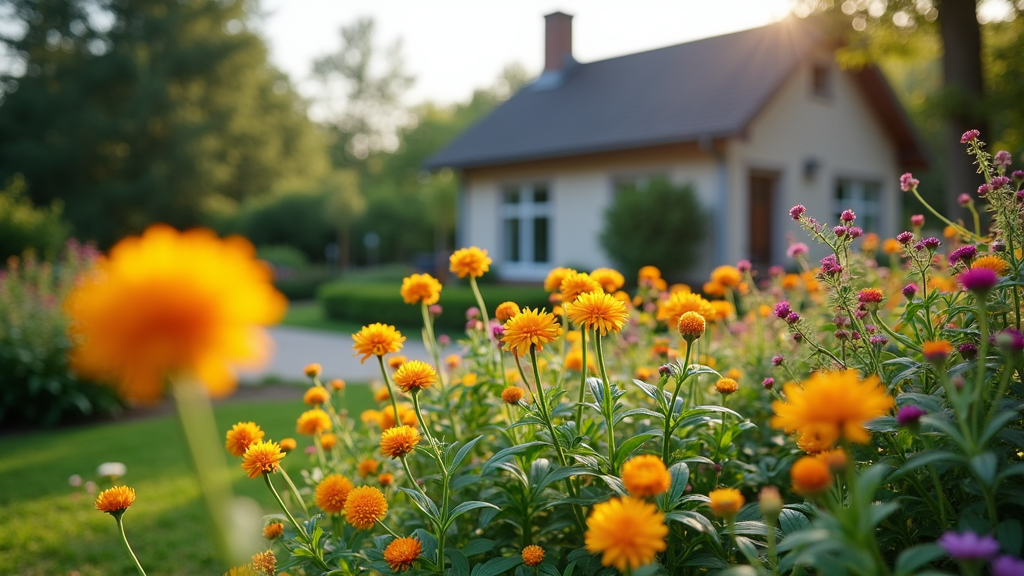Introduction
Landscape design is more than just arranging plants and trees in a pleasing manner; it’s an art and science that transforms outdoor spaces into functional, beautiful environments. In North Carolina, where the natural beauty is abundant, landscape design takes on unique challenges and opportunities. This article explores the journey of landscape design in North Carolina from concept to completion, detailing everything from initial ideas to the finished product. Whether you're a homeowner looking to enhance your yard or a professional in the field, understanding this process can elevate your projects and bring your vision to life.
Landscape Design North Carolina: An Overview
What is Landscape Design?
At its core, landscape design is the art of arranging both natural and built elements to create harmonious outdoor spaces. This includes selecting plants, designing layouts, and integrating structures like patios, walkways, and water features. In North Carolina's diverse climate—which ranges from coastal plains to mountainous regions—landscape design must consider various factors such as soil types, rainfall patterns, and local flora.
Why is Landscape Design Important in NC?
In North Carolina, effective landscape design can significantly enhance property value while also providing ecological benefits. Thoughtful designs can help with erosion control, improve air quality through strategic plantings, and create habitats for local wildlife. Plus, well-designed landscapes offer aesthetic enjoyment for homeowners and passersby alike.
From Concept to Completion: The Journey of NC Landscape Design
Step 1: Initial Consultation
The first step in any successful landscape design project is the initial consultation. During this phase:
- Understanding Client Needs: The designer meets with clients to discuss their preferences, needs, budget constraints, and any specific features they desire. Site Analysis: A thorough examination of the site conditions is essential. Designers assess sunlight exposure, drainage patterns, existing vegetation, and other critical elements that will influence the final design.
Step 2: Concept Development
After gathering all necessary information during the consultation:
- Creating Preliminary Designs: The designer will draft initial concepts that reflect the client’s vision while accommodating practical considerations such as maintenance requirements. Client Feedback: These drafts are presented to clients for feedback. This collaborative approach ensures that everyone is aligned before moving forward.
Step 3: Detailed Planning
With a solid concept approved by the client:
- Finalizing Plans: Detailed plans are created that outline specific dimensions, materials needed for construction, and planting lists. Permits & Regulations: In North Carolina, certain landscaping projects may require permits or adherence to local regulations regarding native species or stormwater management practices.
Essential Elements of Landscape Design
Plant Selection Strategies
Choosing plants isn’t just about aesthetics; it involves considering:
- Climate hardiness Water requirements Growth habits
Native Plants vs. Non-Native Plants
While non-native plants can offer stunning visuals, native plants often provide better support for local ecosystems by attracting pollinators and requiring less water once established.
Hardscape Features
Hardscaping refers to http://kylersjre764.image-perth.org/building-privacy-with-fencing-and-landscaping-in-greensboro non-plant elements such as:
- Walkways Patios Retaining walls
These components not only help define spaces but also add functionality.

Sustainable Materials
More designers are opting for sustainable materials—like recycled concrete or permeable pavers—that minimize environmental impact while enhancing beauty.
Common Landscape Design Challenges in NC
Soil Quality Issues
North Carolina's soil varies widely across regions—from sandy coastal soils to clay-heavy uplands—which can affect plant growth significantly.
Soil Testing
Conducting soil tests helps determine nutrient levels and pH balance necessary for optimal plant health.
Water Management Practices
Given its variable rainfall patterns:
- Proper drainage systems need consideration. Rain gardens can be an excellent solution for managing excess runoff effectively.
Innovative Trends in NC Landscape Design
As trends evolve:
Eco-Friendly Designs
More homeowners are seeking eco-friendly options like xeriscaping—landscapes designed specifically for drought conditions using indigenous plants that require minimal irrigation.
Outdoor Living Spaces
Backyards are increasingly viewed as extensions of indoor living areas. Incorporating features like fire pits or outdoor kitchens allows families to maximize enjoyment year-round.
The Role of Technology in Landscape Design
In today’s digital age:
Design Software Tools
Many landscape designers leverage software tools that allow them to create 3D models of proposed designs. This technology provides clients with a realistic preview before implementation begins.
Drones for Site Analysis
Drones provide aerial views of properties that give designers insights into layout possibilities not visible from ground level.
Collaboration with Other Professionals
Successful landscape projects often involve collaboration among various professionals including:
Architects
Integrating architectural designs with landscaping ensures that structures complement each other aesthetically and functionally.
Contractors
Working closely with contractors helps ensure designs are executed accurately within budget constraints.
Maintenance Considerations Post-Installation
Once a landscape project is completed:
Regular Maintenance Plans
It’s crucial to outline maintenance plans which might include:
- Seasonal clean-ups Fertilization schedules Pruning guidelines
This ongoing care keeps landscapes looking their best while ensuring longevity.
FAQ Section
Q1: What should I consider when starting a landscape design project? A1: Think about your goals for the space—whether it's improving aesthetics or enhancing functionality—and assess your budget along with any site limitations like sun exposure or drainage issues.
Q2: How long does a typical landscape design project take? A2: Timelines vary based on project size but generally range from several weeks for simple designs up to several months for extensive renovations involving hardscaping or large installations.

Q3: Can I do my own landscaping? A3: Yes! Many homeowners opt for DIY landscaping; however, consulting professionals can save time and prevent costly mistakes especially in complex projects involving structural elements or irrigation systems.
Q4: What’s trending in landscape design right now? A4: Current trends include eco-friendly designs focusing on sustainability as well as outdoor living spaces featuring amenities like kitchens and fire pits that extend entertaining outdoors year-round.
Q5: Are there grants available for landscaping improvements? A5: Some local governments offer grants or tax incentives aimed at encouraging sustainable landscaping practices; checking with municipal resources could provide options worth exploring!
Q6: How do I ensure my plants thrive post-installation? A6: Follow care guidelines provided by your designer; regular watering during establishment periods coupled with appropriate fertilization supports healthy growth!
Conclusion
The journey from concept to completion in NC landscape design encapsulates creativity blended with practicality—a process influenced by environment-specific factors such as climate variations seen across different regions within North Carolina. By understanding each step involved—from initial consultations through detailed planning phases—to collaboration between various professionals ensuring successful execution alongside ongoing maintenance strategies post-installation; you’ll find yourself well-equipped whether undertaking personal projects at home or pursuing professional endeavors within this vibrant industry. Embrace nature’s beauty through thoughtful landscapes tailored just right!